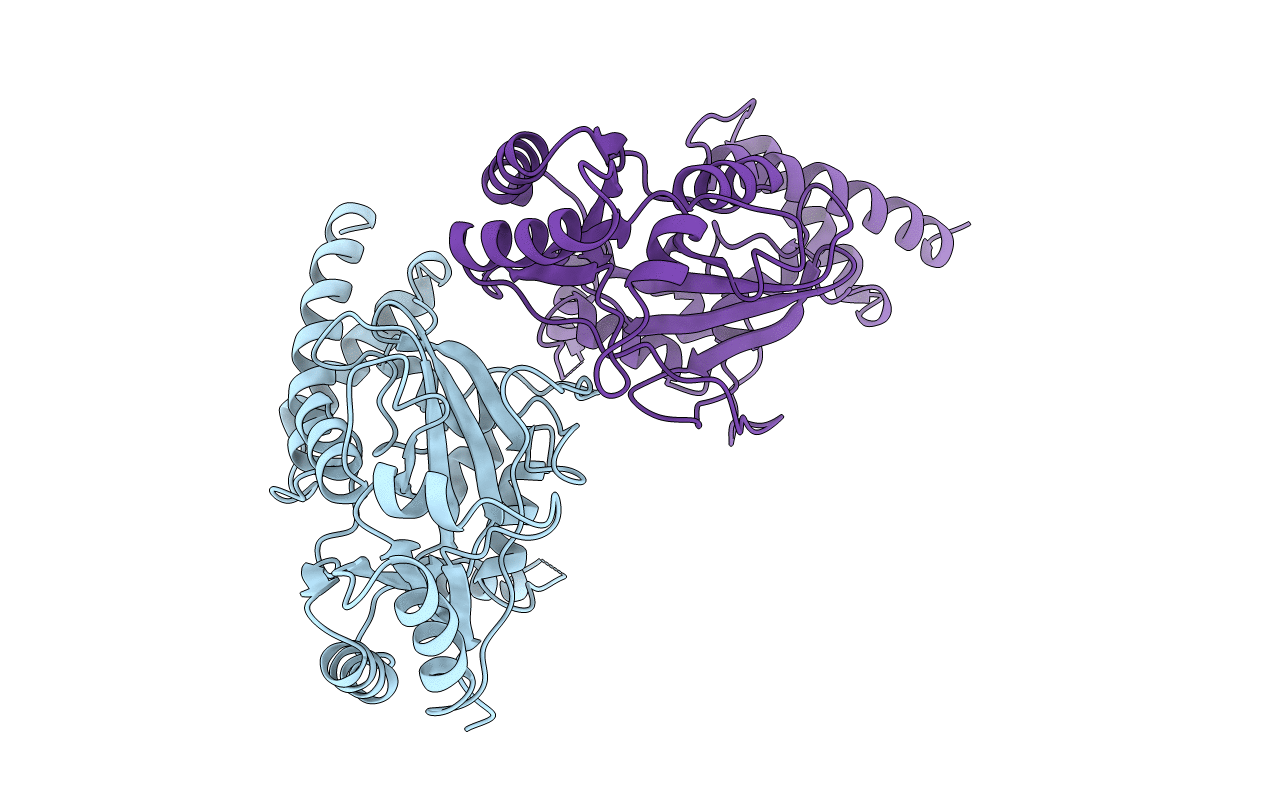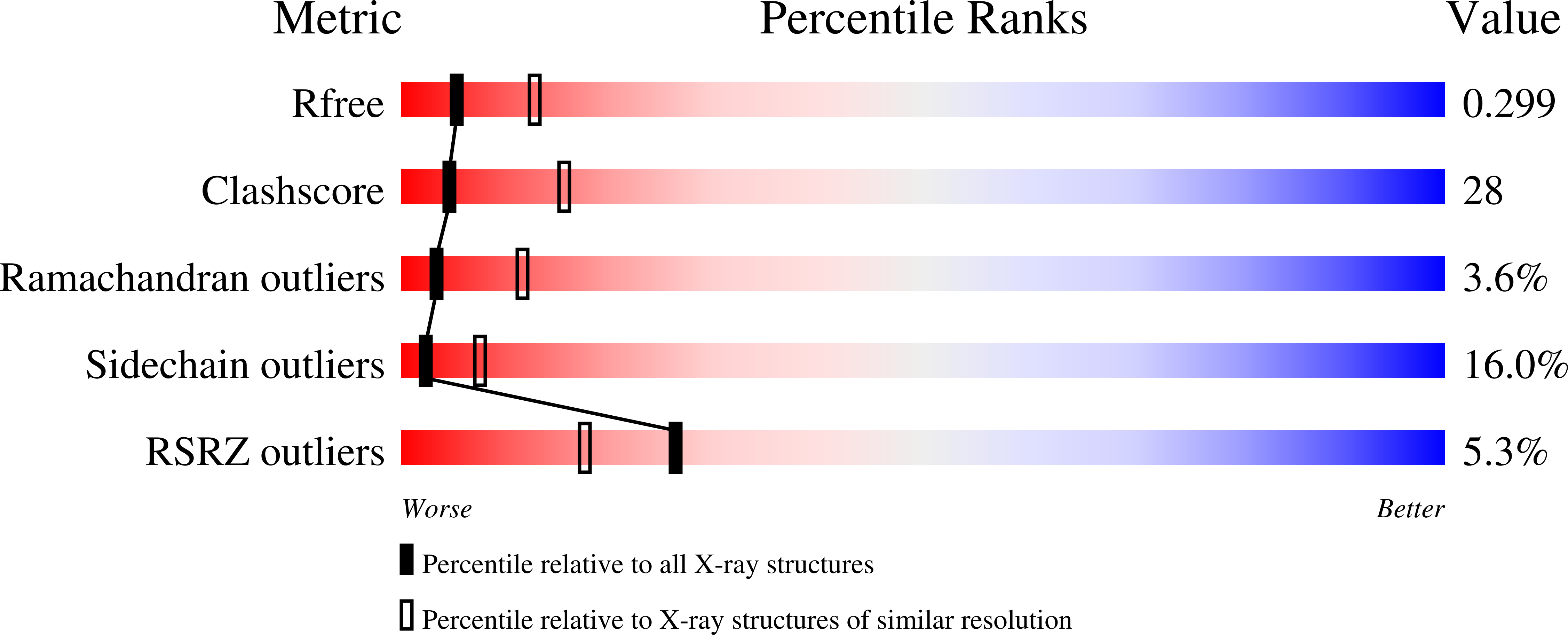
Deposition Date
1998-11-16
Release Date
1999-11-22
Last Version Date
2024-02-07
Entry Detail
PDB ID:
1B04
Keywords:
Title:
STRUCTURE OF THE ADENYLATION DOMAIN OF AN NAD+ DEPENDENT LIGASE
Biological Source:
Source Organism:
Geobacillus stearothermophilus (Taxon ID: 1422)
Host Organism:
Method Details:
Experimental Method:
Resolution:
2.80 Å
R-Value Free:
0.31
R-Value Work:
0.23
R-Value Observed:
0.23
Space Group:
P 43 21 2


